Latest
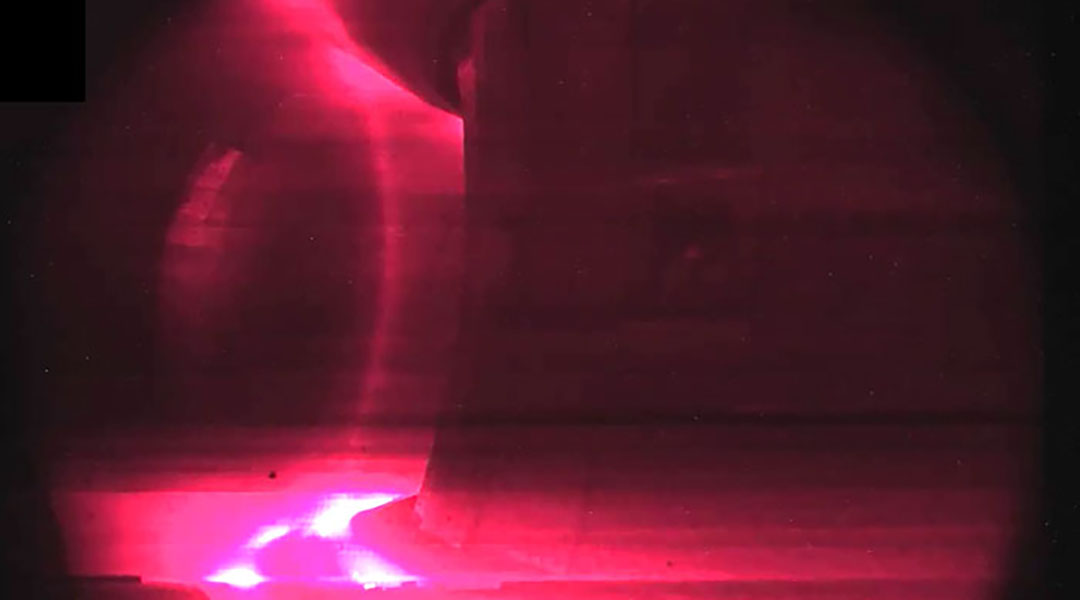
French WEST reactor breaks record in nuclear fusion
Scientists at the WEST tokamak in France set a new plasma duration record, bringing us closer to achieving nuclear fusion for clean energy.

French WEST reactor breaks record in nuclear fusion
Scientists at the WEST tokamak in France set a new plasma duration record, bringing us closer to achieving nuclear fusion for clean energy.
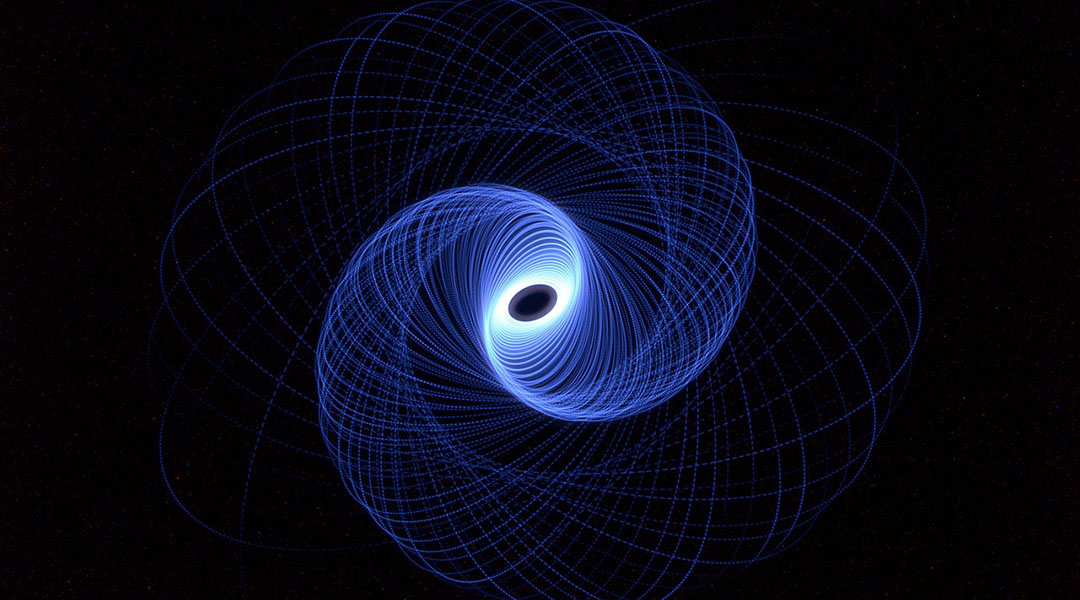
A new method to track skyrmions, tiny magnetic whirls formed by atomic magnetism
Harnessing skyrmions’ random motion and low energy requirements, this discovery could lead to more efficient and powerful computing technologies.
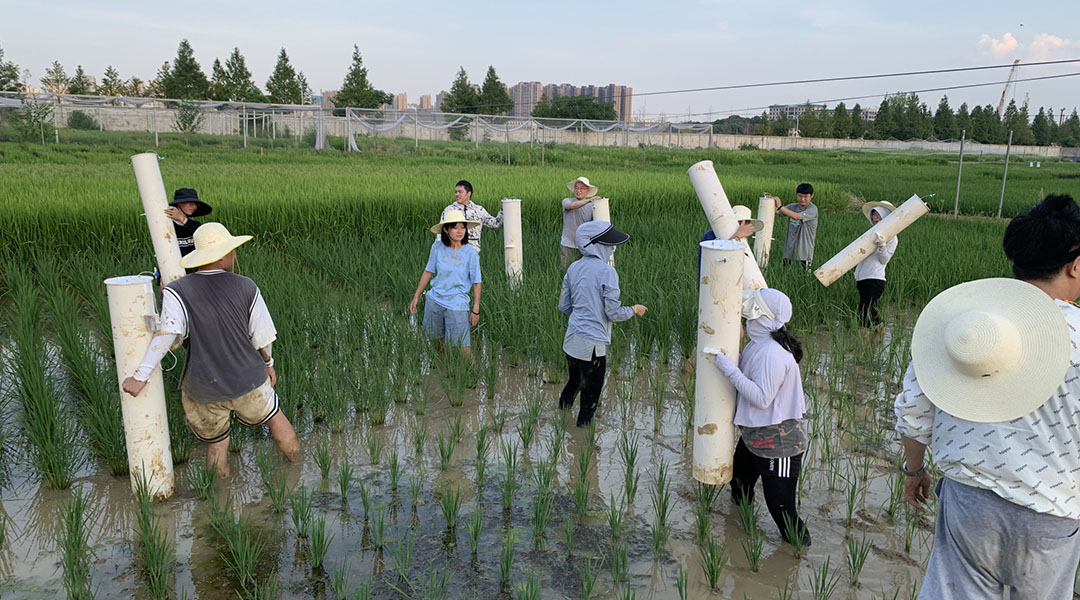
High yield, eco-friendly rice reduces methane emissions by 70%
A new rice variety that combines high yield with low methane emissions could help farmers tackle climate change.
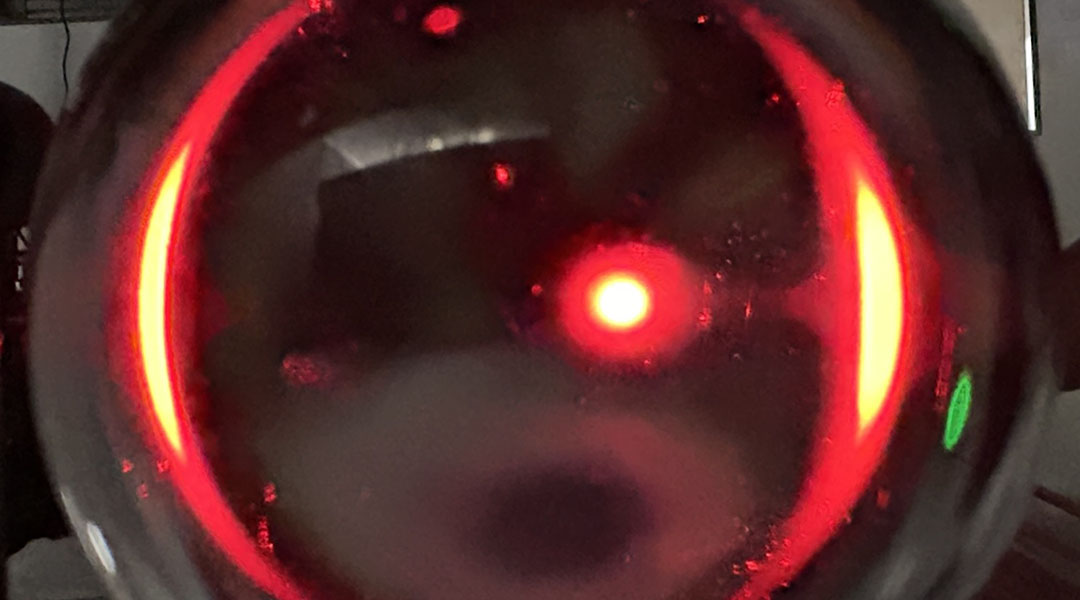
Researchers replicate gravitational lensing in the lab
Lenses help researchers mimic the way massive cosmic objects bend light—bringing the elusive effects of gravitational lensing to Earth.
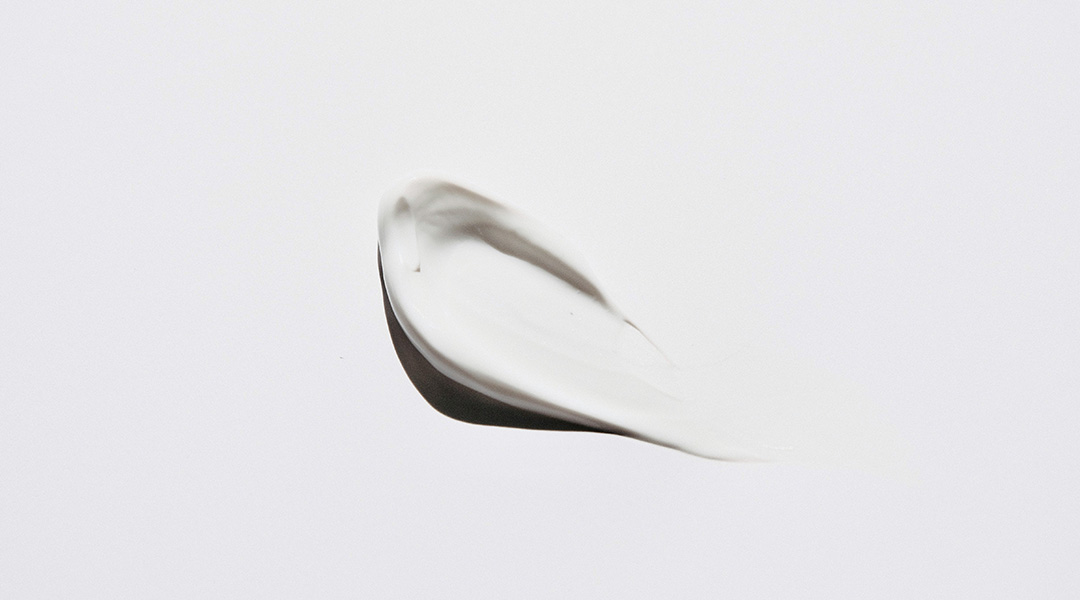
Plant-based sunscreen ingredient gets a much-needed boost
Scientists have stabilized the natural product sanshool, a promising active ingredient for sunscreen and skincare products.
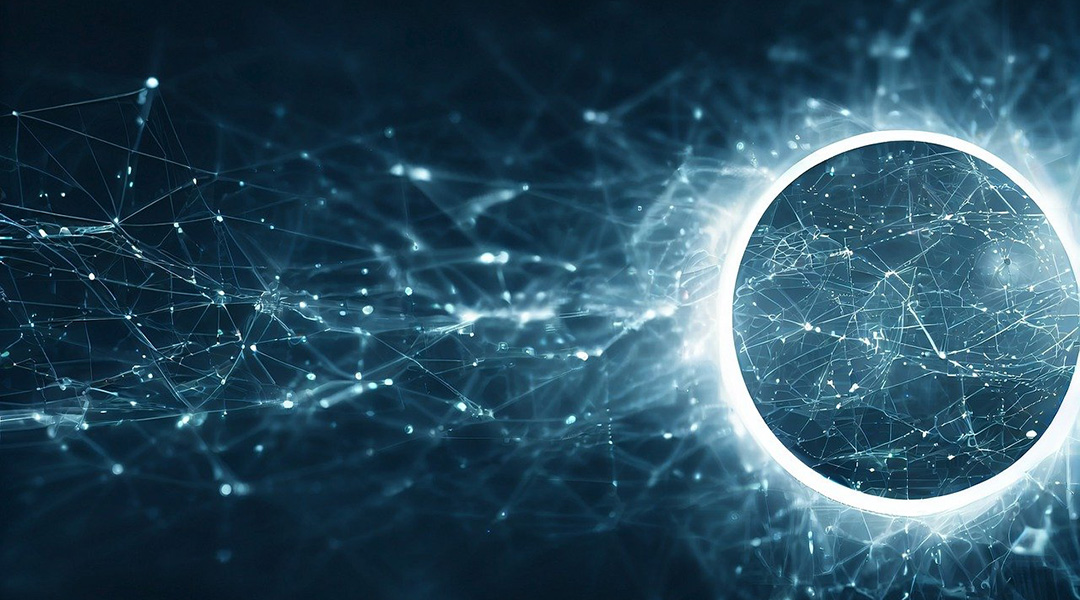
New test could help detect effects of quantum gravity
Gaining an understanding of quantum gravity could help scientists uncover some of the Universe’s deepest mysteries.
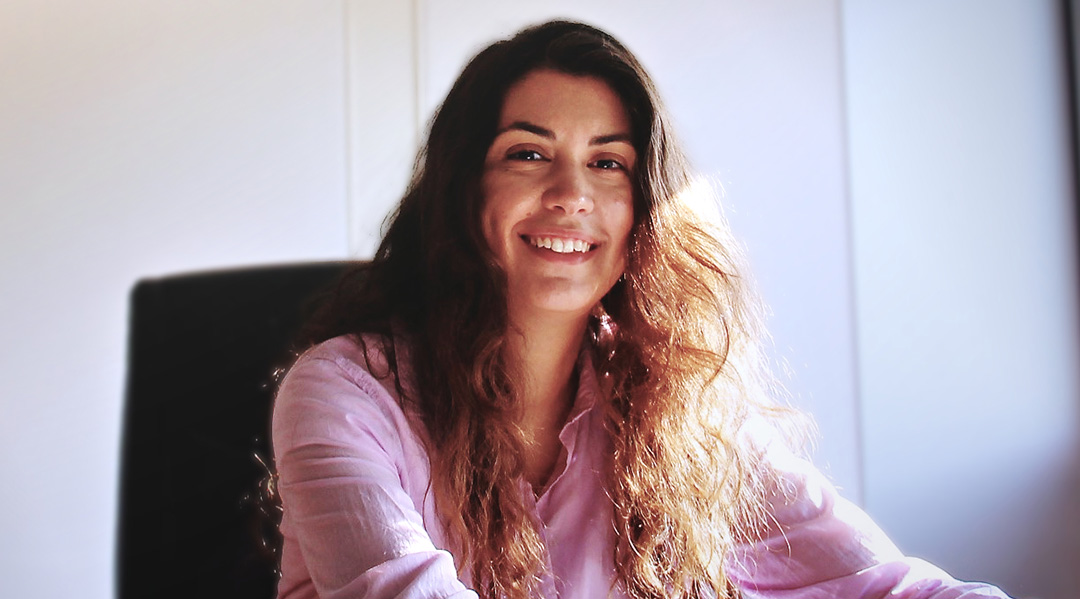
Athina Anastasaki: New ways to recycle old polymers
Polymer chemist Athina Anastasaki talks about establishing her career, inroads into polymer recycling, and resilience in academia.

Researchers uncover a fundamental driver behind osteoarthritis
The first link between biomolecule concentration in our cartilage and the progression of osteoarthritis opens new routes for treatment.

Sustainable batteries get a boost from new lithium-ion conductor
The new material rapidly transports lithium ions through its structure and could help make rechargeable lithium-ion batteries safer and more efficient.
ASN Weekly
Sign up for our weekly newsletter and receive the latest science news directly to your inbox.
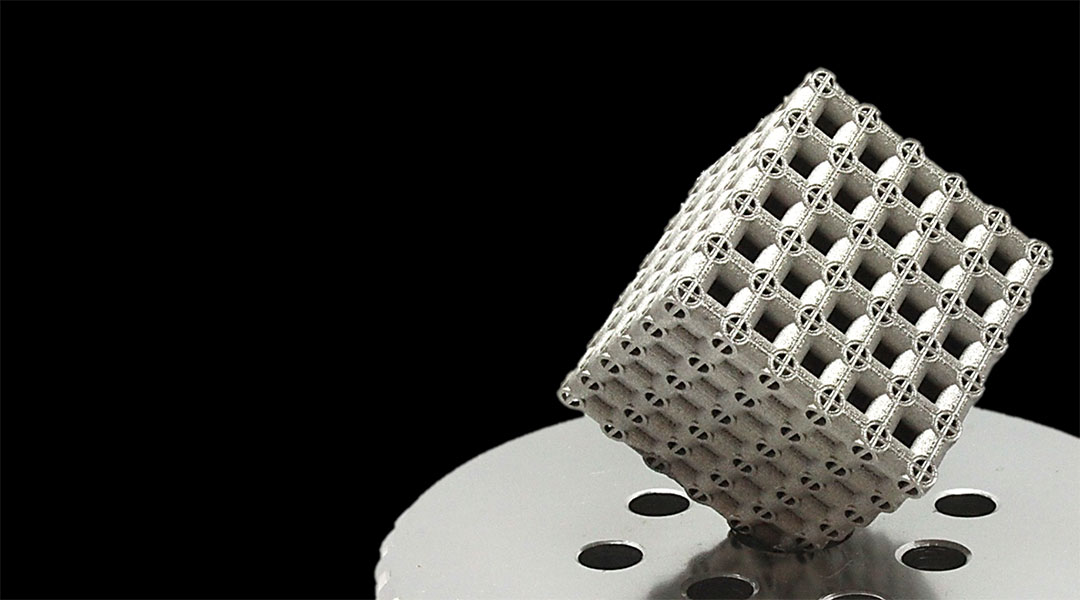
Titanium-based metamaterial unlocks strength beyond nature
A groundbreaking titanium metamaterial with unparalleled strength and versatility could revolutionize manufacturing and high-speed aviation.
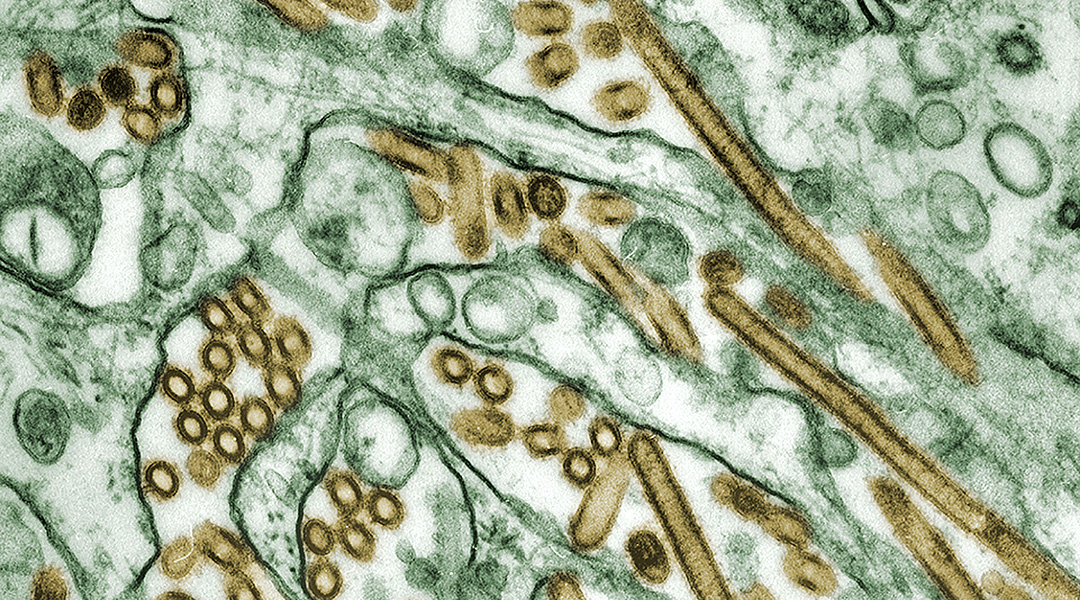
How ancient viral infections guide embryo development in mice
Ancient viral DNA, once thought junk, now regulates embryo development in mice, revealing complex host-virus interactions.
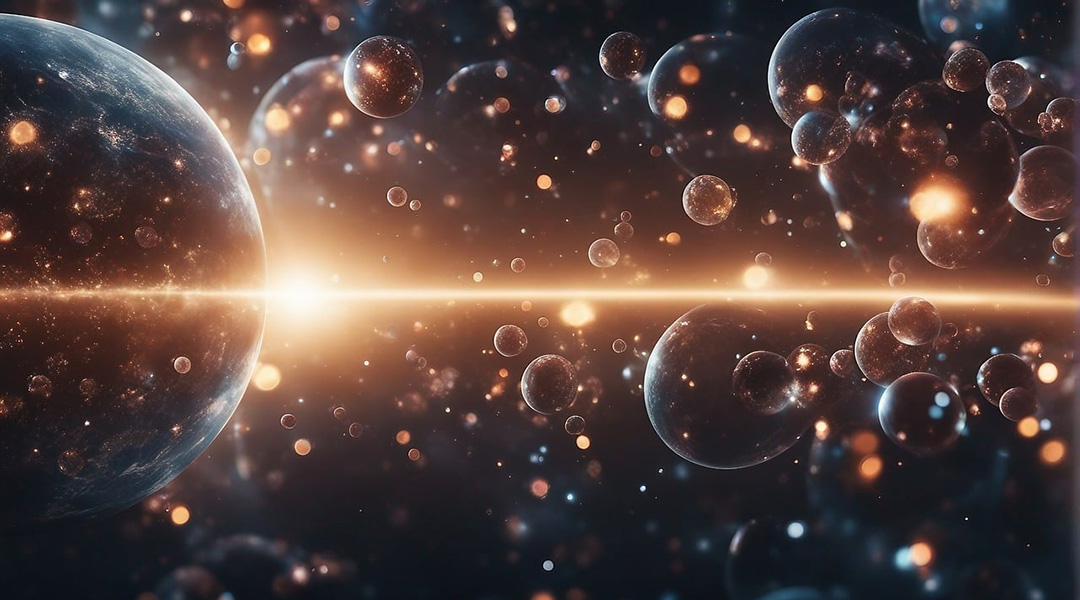
“Untangling” phase changes in superconductors
The link between entanglement, energy, and the phase transition from superconductor to insulator isn’t just a theoretical curiosity.

Nanomotors may help arthritis medications get to joints
Injected arthritic drugs often get stuck in the sticky synovial fluid found between the joints, but tiny nanomotors may help liberate them.
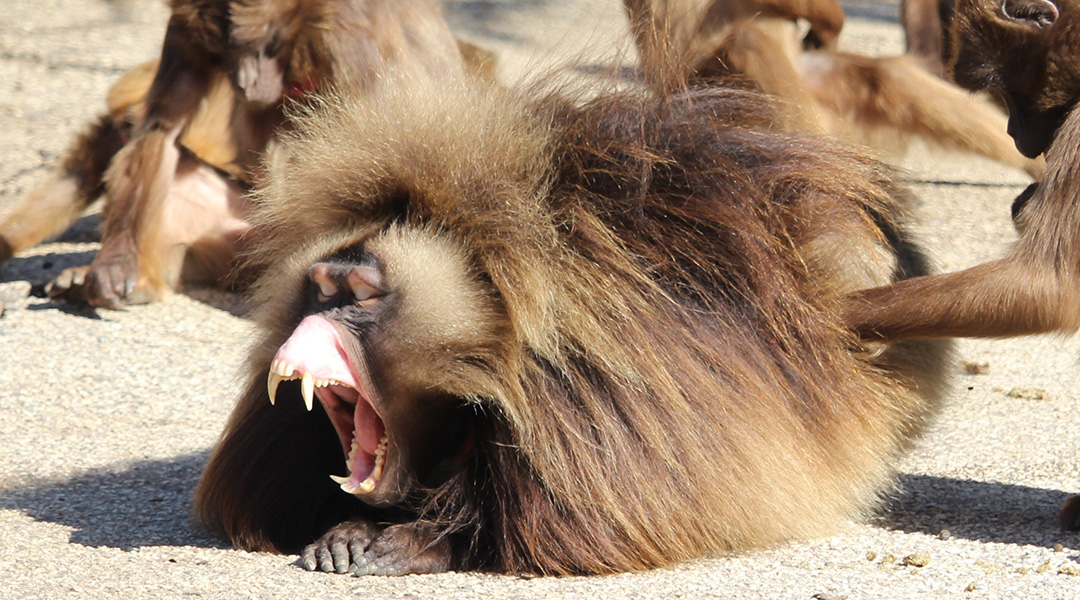
Contagious yawning in gelada monkeys triggered by yawn sounds
Gelada monkeys audibly and loudly yawn, triggering a contagious response within their groups, mirroring human behavior.
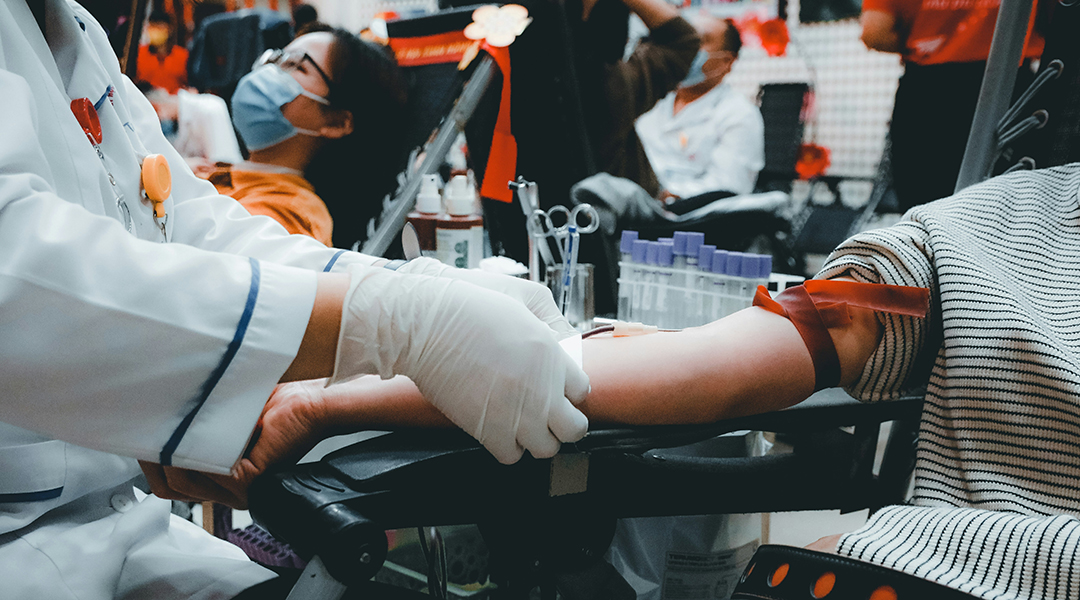
Engineered blood cells could eliminate blood type matching to solve donor shortage
Taking inspiration from plankton, researchers create engineered blood cells that are an important step toward a universal blood supply.
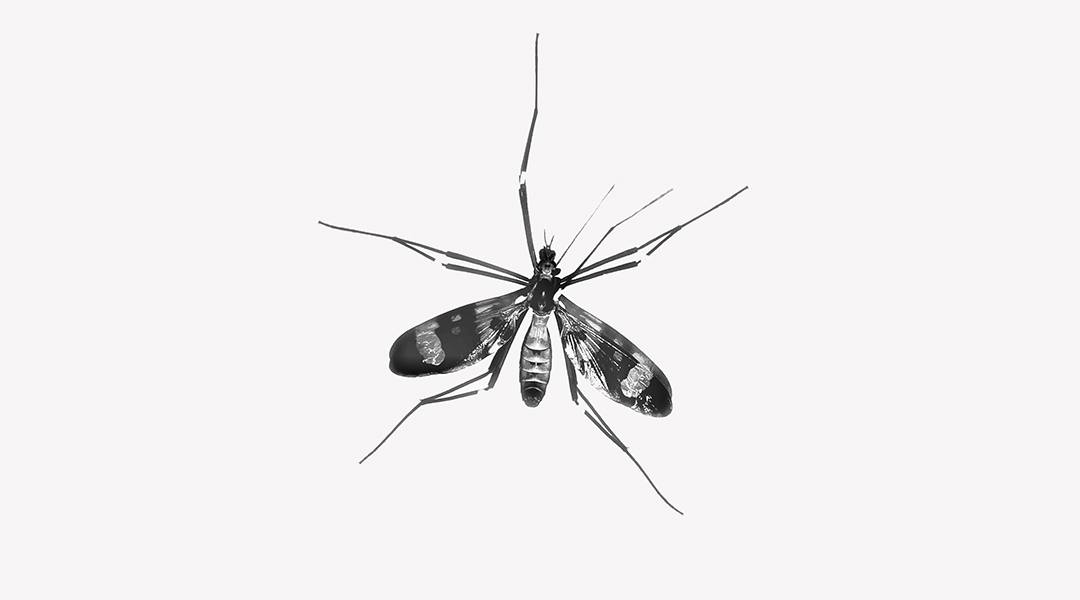
New type of antiviral proves effective against all strains of dengue virus
This new class of antivirals could unlock treatment for viruses beyond just dengue that have been challenging to treat in the past.
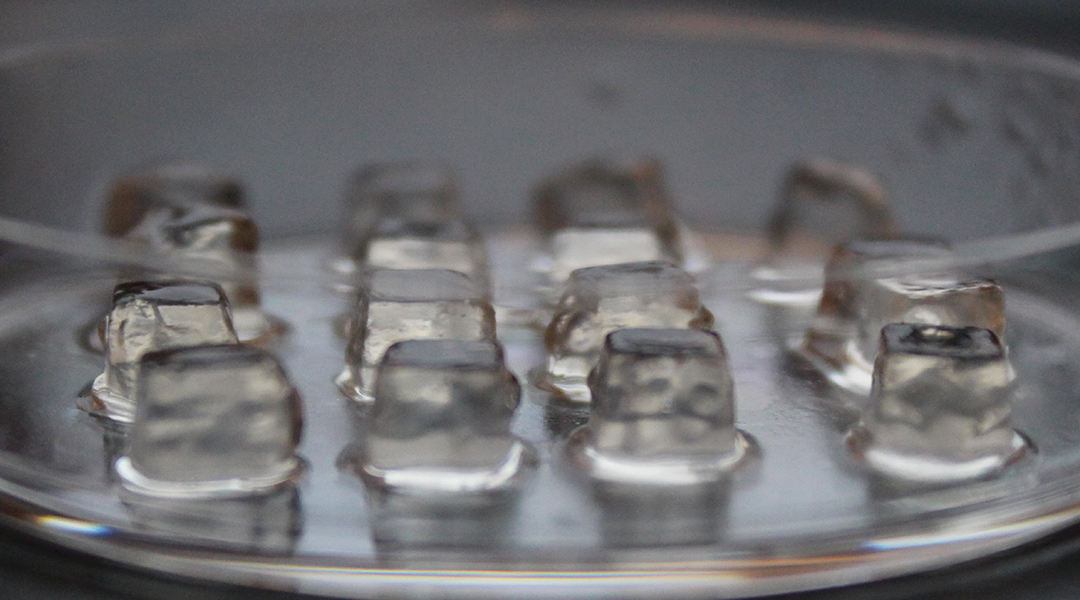
Better organoids mean better brain models
Mimicking one of the body’s most complex organs isn’t easy, but researchers are making progress.
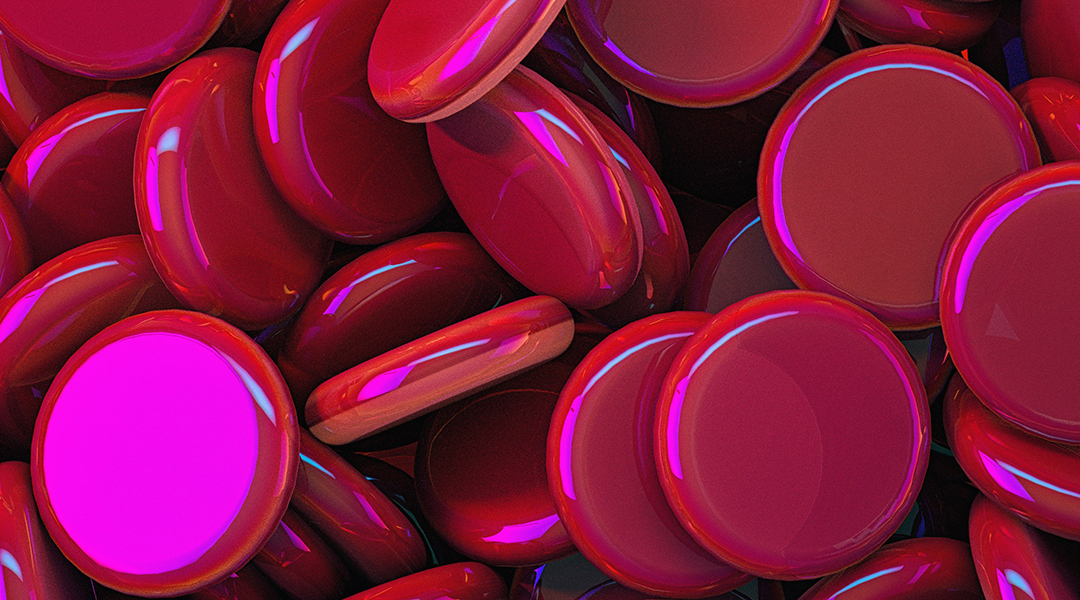
Finding the neural pathways behind the placebo effect
Understanding the placebo effect could lead to pain management therapies that are more effective than opioids without causing addiction.
Engineered blood cells could eliminate blood type matching to solve donor shortage
Taking inspiration from plankton, researchers create engineered blood cells that are an important step toward a universal blood supply.
New type of antiviral proves effective against all strains of dengue virus
This new class of antivirals could unlock treatment for viruses beyond just dengue that have been challenging to treat in the past.
Better organoids mean better brain models
Mimicking one of the body’s most complex organs isn’t easy, but researchers are making progress.
Finding the neural pathways behind the placebo effect
Understanding the placebo effect could lead to pain management therapies that are more effective than opioids without causing addiction.

Exploring quantum gravity with a simple pendulum experiment
Even tiny deviations in pendulum behavior caused by quantum gravity could be clearly noticeable, say researchers.
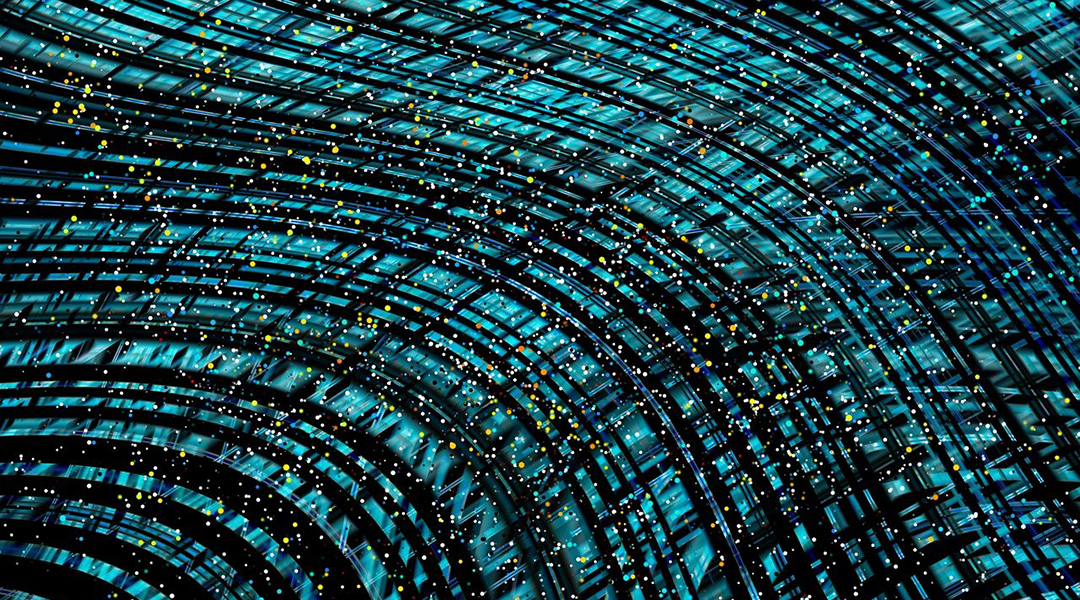
Quantum dot laser set to transform medicine and communications
Quantum dots are key to a new laser that could transform medical imaging, diagnostics, and boost communication.

Laser light induces magnetism at room temperature
Scientists create magnetism in a non-magnet at room temperature for the first time, with implications in quantum tech and computer science.

Could AI be the reason we haven’t encountered alien civilizations?
A sensational paper argues that AI could be responsible for the scarcity of advanced technological civilizations in the Universe.
Exploring quantum gravity with a simple pendulum experiment
Even tiny deviations in pendulum behavior caused by quantum gravity could be clearly noticeable, say researchers.
Quantum dot laser set to transform medicine and communications
Quantum dots are key to a new laser that could transform medical imaging, diagnostics, and boost communication.
Laser light induces magnetism at room temperature
Scientists create magnetism in a non-magnet at room temperature for the first time, with implications in quantum tech and computer science.
Could AI be the reason we haven’t encountered alien civilizations?
A sensational paper argues that AI could be responsible for the scarcity of advanced technological civilizations in the Universe.
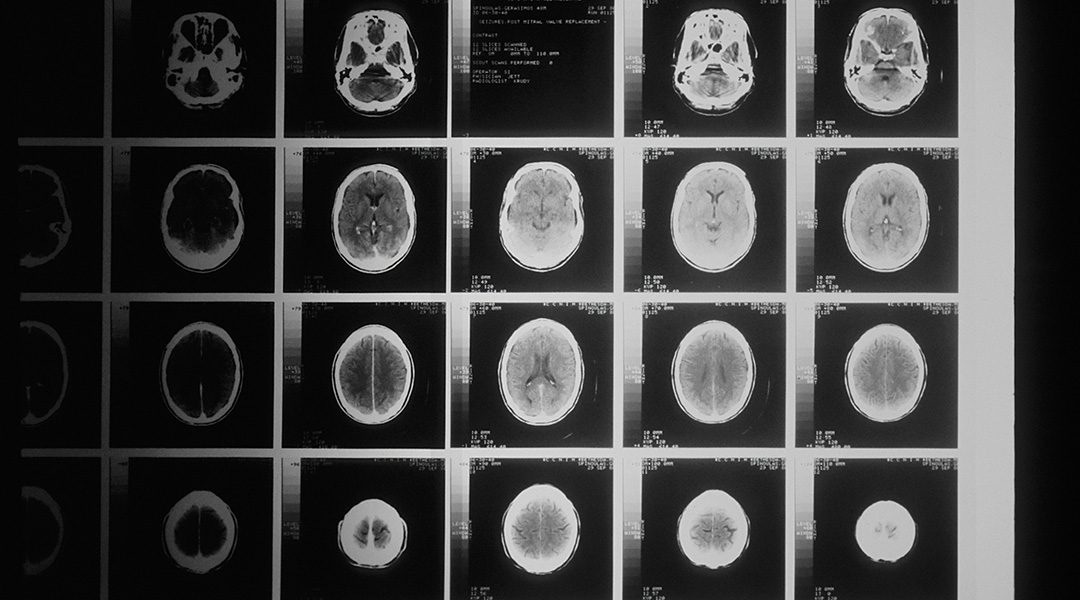
AI trained on brain scans could better predict mental health issues in adolescents
A neural network was able to evaluate connections between brain structure and clinical data to predict psychiatric disorders in youth.
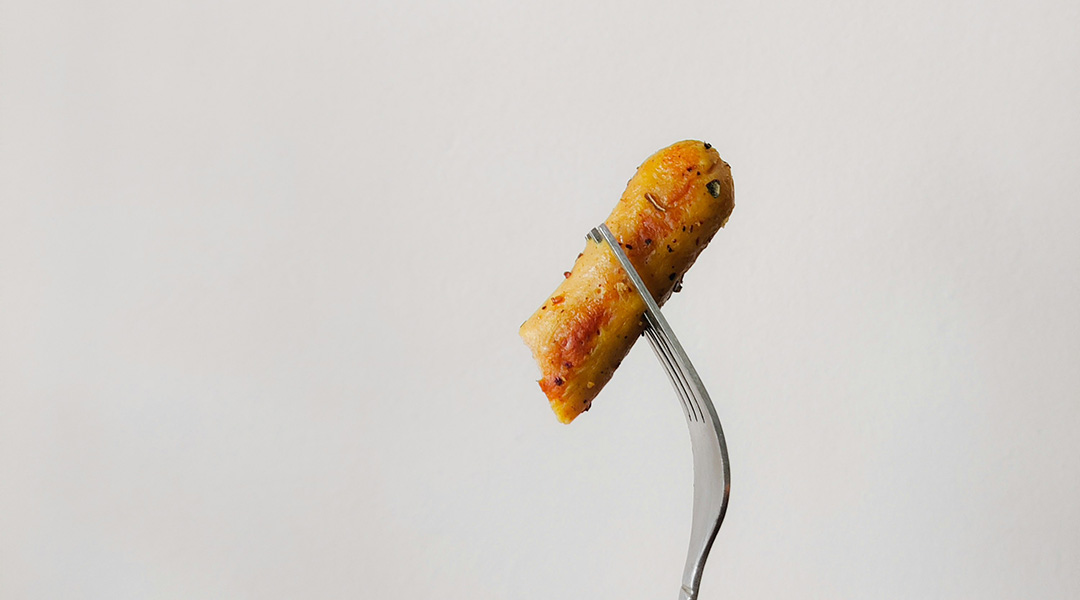
Using machine learning, robotic feeding system empowers users with mobility issues
This robotic feeding system trained with machine learning will transform lives, giving independence to those with severe mobility issues.

Meet Tumro, a jumping robot inspired by beetles
With its unique carbon fiber skeleton, this jumping robot closely mimics the energy-storing tissue found in insects.
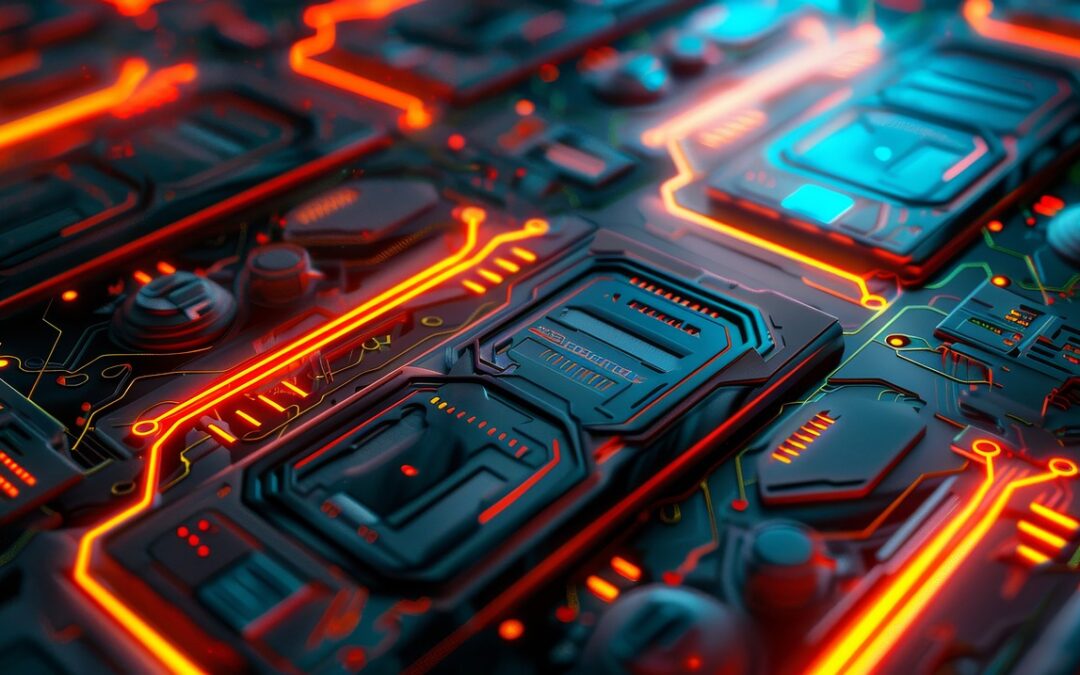
What would it take to make quantum memristors a reality?
Machine learning unveils the ideal structure of a quantum memristor, which could one day surpass current computing systems.
AI trained on brain scans could better predict mental health issues in adolescents
A neural network was able to evaluate connections between brain structure and clinical data to predict psychiatric disorders in youth.
Using machine learning, robotic feeding system empowers users with mobility issues
This robotic feeding system trained with machine learning will transform lives, giving independence to those with severe mobility issues.
Meet Tumro, a jumping robot inspired by beetles
With its unique carbon fiber skeleton, this jumping robot closely mimics the energy-storing tissue found in insects.
What would it take to make quantum memristors a reality?
Machine learning unveils the ideal structure of a quantum memristor, which could one day surpass current computing systems.

Athina Anastasaki: New ways to recycle old polymers
Polymer chemist Athina Anastasaki talks about establishing her career, inroads into polymer recycling, and resilience in academia.

Sustainable batteries get a boost from new lithium-ion conductor
The new material rapidly transports lithium ions through its structure and could help make rechargeable lithium-ion batteries safer and more efficient.
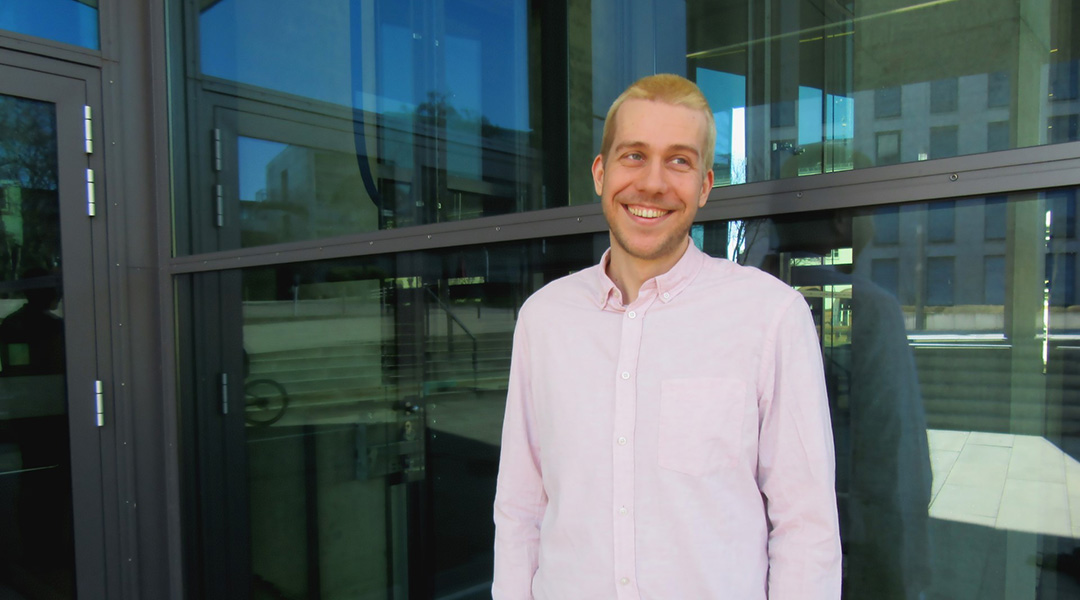
How research into existential risk will help safeguard humanity
Florian Jehn combines pragmatism with optimism when considering potential threats to human civilization.
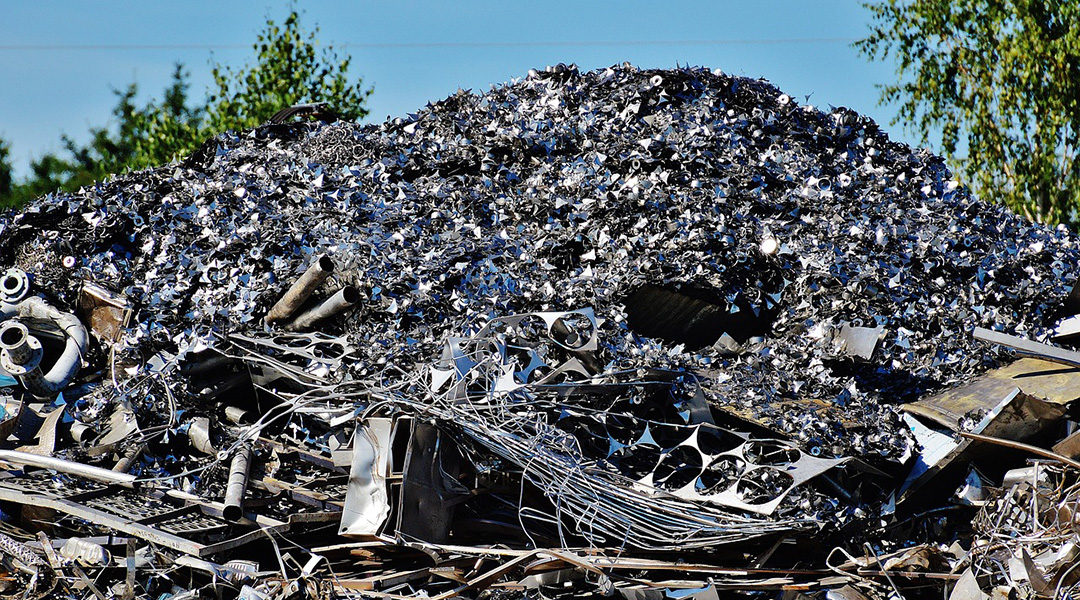
Tackling e-waste by making electronics compostable and recyclable
Researchers are tackling the growing problem of electronic waste by designing wearable electronics from sustainable and recyclable materials.
Athina Anastasaki: New ways to recycle old polymers
Polymer chemist Athina Anastasaki talks about establishing her career, inroads into polymer recycling, and resilience in academia.
Sustainable batteries get a boost from new lithium-ion conductor
The new material rapidly transports lithium ions through its structure and could help make rechargeable lithium-ion batteries safer and more efficient.
How research into existential risk will help safeguard humanity
Florian Jehn combines pragmatism with optimism when considering potential threats to human civilization.
Tackling e-waste by making electronics compostable and recyclable
Researchers are tackling the growing problem of electronic waste by designing wearable electronics from sustainable and recyclable materials.
No Results Found
The page you requested could not be found. Try refining your search, or use the navigation above to locate the post.
No Results Found
The page you requested could not be found. Try refining your search, or use the navigation above to locate the post.
No Results Found
The page you requested could not be found. Try refining your search, or use the navigation above to locate the post.
No Results Found
The page you requested could not be found. Try refining your search, or use the navigation above to locate the post.






